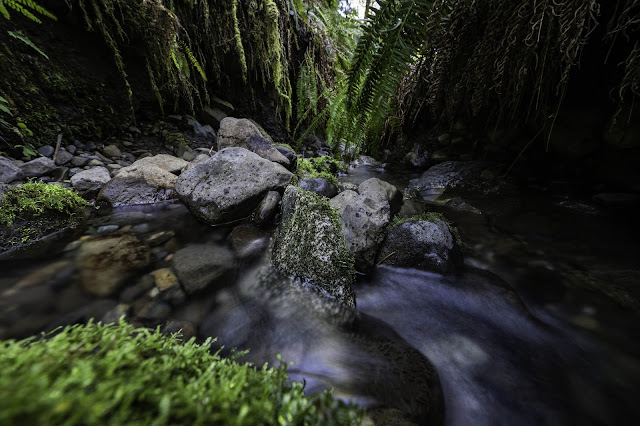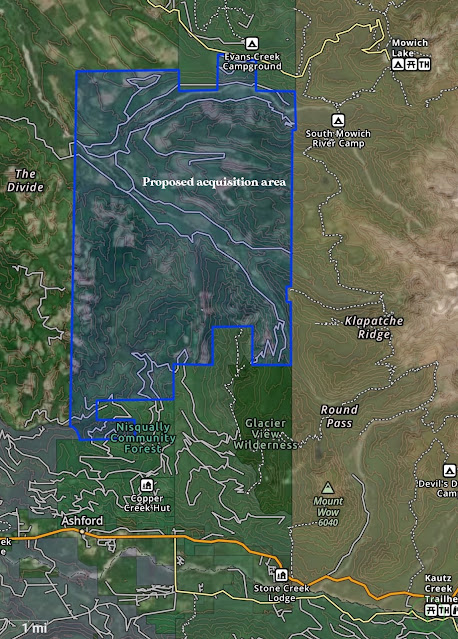I was alarmed to learn today that the U.S. Army Corps of Engineers intends to begin work on raising the Toutle River Sediment Retention Structure spillway next summer. This will flood and destroy the vibrant ecosystem which has reclaimed the land behind the dam. The landscape behind the dam is a complex and beautiful tapestry of wetlands, forests, and meadows. It is important habitat for migratory birds, elk, and many other species. Huge numbers of birds nest there each spring. That will all be lost, and take decades to recover, if the spillway is raised.
Additionally, having lived here in Toutle my whole life, I’m intimately familiar with the river and the debris field from which the sediment originates. In the past several years, the quantity of sediment transported downstream has decreased significantly, despite no further action being taken by the Corps of Engineers in that time. Additionally, I have observed in the National Monument that landslides and erosion have decreased significantly, that vegetation is rapidly stabilizing volcanic debris, and that the river no longer moves as much in its bed as it did just a few years ago. Essentially, my observations lead me to conclude that the situation will soon resolve itself, and that extreme actions to control sediment are no longer as necessary as they once were.
Downstream dredging and upstream artificial logjams have proven to be effective and reliable methods of dealing with sediment. Spending millions of taxpayer dollars to raise the spillway is a waste of money which would be better used elsewhere. Please write to your elected representatives and the Corps of Engineers and ask them to cancel, or at least pause, the raising of the Toutle River Sediment Retention Structure Spillway.

.jpg)




